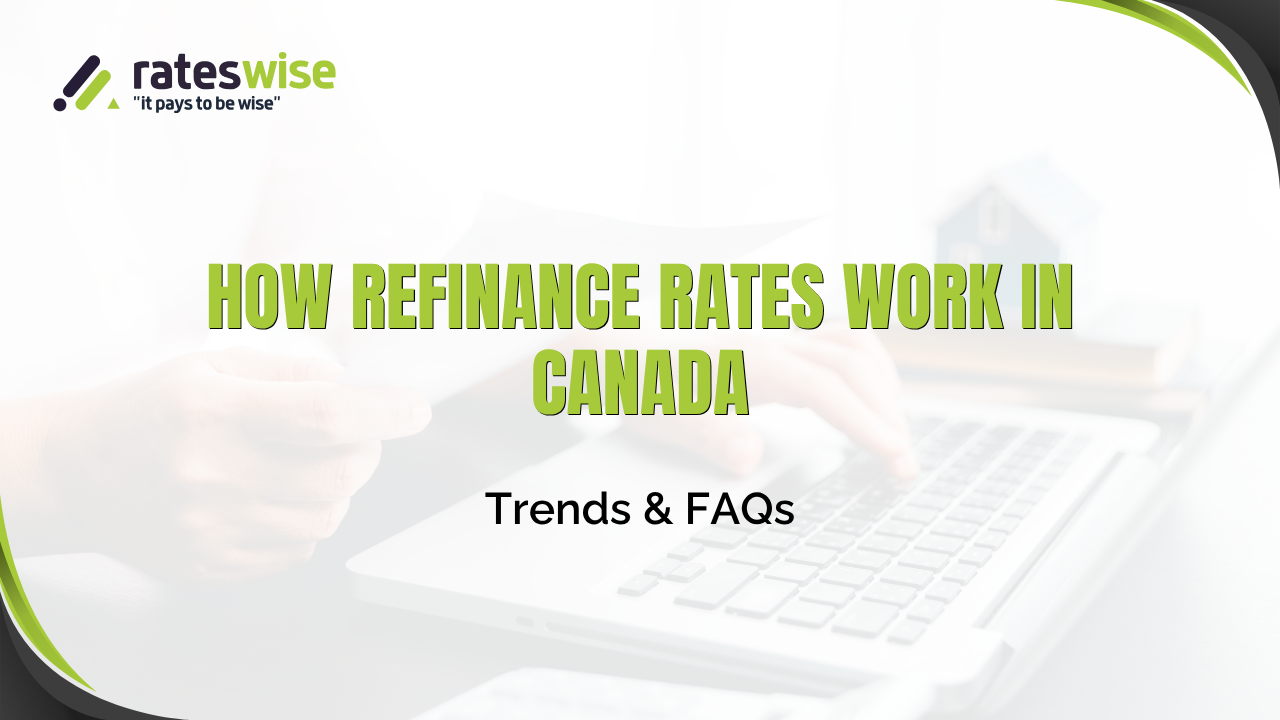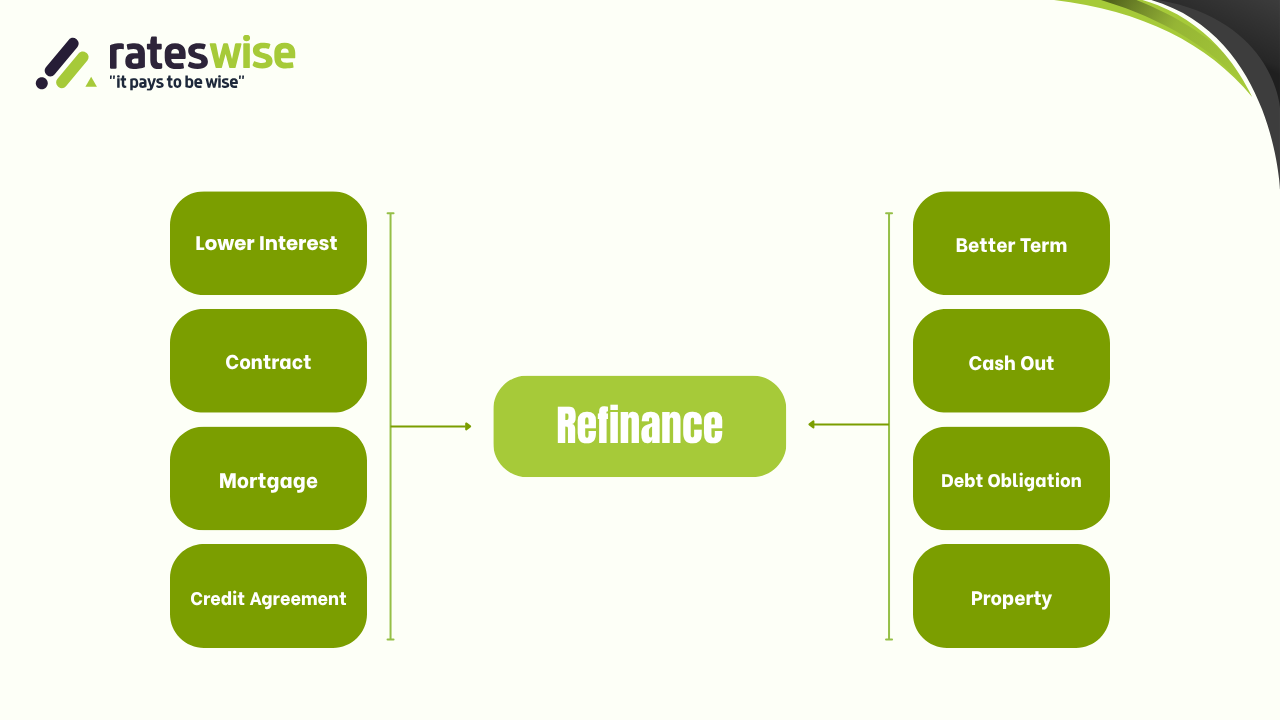How Refinance Rates Work in Canada: Trends & FAQs

Updated: September 2025
Overview
Canadian refinance interest rates are changing, and many homeowners in Ontario are keeping a close eye on this development. This FAQ guide has the answers to your questions about how mortgage interest rates and refinance rates change and how they impact you. We go over current figures, lender spreads, forecasts, and how to secure a good deal.
FAQs
What are the interest rates for refinances in Canada right now?
As of September 2025, the Bank of Canada's policy rate has been reduced from 2.75% to 2.50%.
Major banks post 5-year conventional mortgage rates of roughly 6.09% (used for stress tests).
Depending on credit and lender margins, refinance offers (for qualified customers) are frequently priced lower than posted rates.
After the BoC cut, why did rates change?
The cost of borrowing for banks is reduced when the Bank of Canada reduces its policy (overnight) rate. Lenders are therefore able to offer lower refinance rates as a result of the prime rate and other lending rates generally declining. It is the process by which monetary policy is transferred to consumer credit.
In late 2025, will refinance rates continue to decline?
A lot of analysts anticipate downward pressure. Mortgage rates may gradually decline in late 2025, according to some projections, if inflation keeps declining. However, it is dependent on global dangers, inflation figures, and economic growth. As of yet, nothing is certain.
How does your actual rate get impacted by lender spreads?
Lender spreads, also known as markups, are additional percentage points that are applied to benchmark rates or base yields. The size of the spread depends on your risk profile, loan size, loan-to-value ratio, and credit score. Because of this, two borrowers may receive rather different offers even though they have the same "base" rate.
How can I secure a favorable rate at this point?
- Reduce debt and stay away from new credit to raise your credit score.
- Use a mortgage broker or shop around for a better deal.
- When rates are dropping or lenders are competing, time your application.
- Request that lenders reduce or waive fees.
- Keep yourself updated on BoC announcements.

People Also Ask
In Canada, are refinance rates declining?
It's probably, but not guaranteed. Many lenders may drop rates in response to the BoC's rate cut to 2.50%, although reductions may be delayed or reversed by inflation or economic disasters.
What distinguishes the "mortgage rate" from the "refi interest rate"?
The rate provided while refinancing an existing mortgage is explicitly referred to as a "refi interest rate." More broadly, a "mortgage rate" might be used for refinancing or house purchases. Although "refi" refers to an existing mortgage arrangement, they both function according to the same principles.
Final Remarks
Don't make a guess if you're thinking about refinancing your mortgage in Canada. Compare actual offers with the Rateswise refinance tool, or get in touch with our experts to explore your options and lock in a competitive rate.
Disclaimer
This information is intended only as general guidance. Lender rules, margins, and rates are subject to change. Always confirm current figures and consult a qualified mortgage expert before refinancing.
About the Author
Written by the Rateswise Mortgage Team.
Using actual data, we assist homeowners in Ontario in comprehending market trends. Our objective is to confidently and simply assist you in making refinance decisions, supported by the most recent information available on the Canadian market.